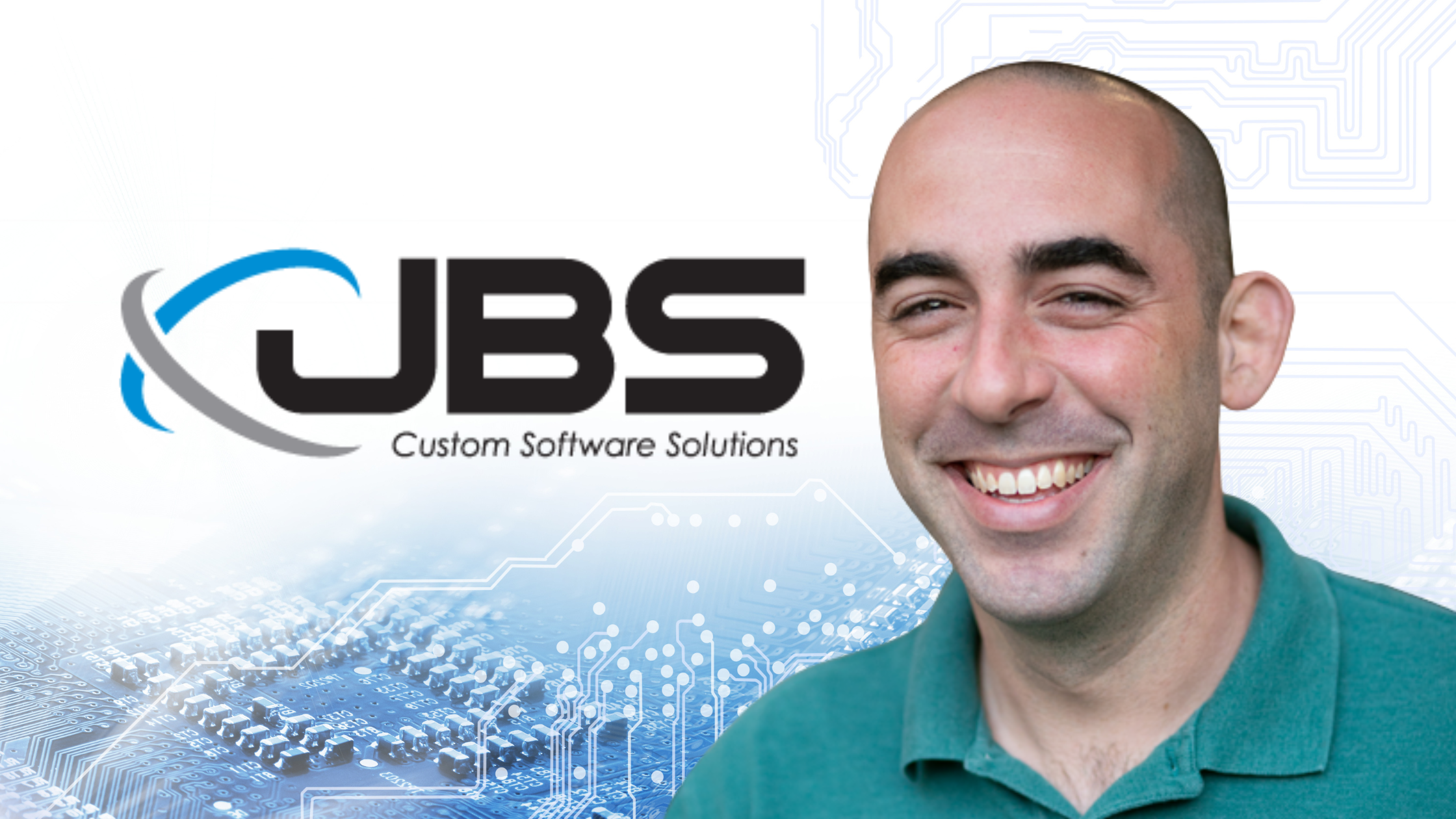What Is Digital Transformation? Expert Joe Rose Explains How It Is Revolutionizing Businesses From A Used Car Dealership To Retail Giant Best Buy

When Joe Rose explains “digital transformation” he dives into an example even a layperson can understand – cars. To be specific, used cars.
In this case, a large used car retail client faced a problem: How could its photographers consistently take near perfect photos of cars that would not only make them look attractive but sell?
“The consistency wasn’t there,” said Rose, President of JBS Custom Software Solutions, which is based in Chadds Ford, Pa. “If a car doesn’t look good and if it doesn’t sell you end up wholesaling or auctioning it and you lose your shorts.”
In fact, the difference between images that are acceptable and ones that are not can result in a one to three percent drag on revenue meaning hundreds of millions of dollars are at stake, Rose said.
Typically, photographers were trained how to take pictures according to the dealership’s guidelines. Once pictures were taken, they were manually uploaded to a website. The process broke down when new photographers were hired and didn’t immediately understand the system.
To solve the problem the company revamped its process by embracing a digital technology solution. Instead of photographers uploading photos to a website and the photos going live, the company used a series of AI tools that examined the images and either accepted them or rejected them based on quality. Once the image passed inspection, the AI tool processed them further, deblurring, cropping and color correcting them.
Instead of people doing the work, the computer does it leading to an increase in accuracy, consistency, and most importantly, sales.
“A one to three percent lift in revenue is huge,” Rose said.
Rose’s used car example demonstrates just how far companies have come to embrace technology that transform their businesses making them more efficient, competitive, and profitable.
“Digitization 20 years ago was the process of turning things that are printed and putting them into an image or PDF,” Rose said. “Now, it is the process of taking knowledge and decision making and putting it into a computer at a high level.”
What prevents companies from adopting technology that promises to improve their business?
Rose says it isn’t money, but rather that technology might not be agile enough.
“If you are going to have something that is a decision-making engine it needs data input and if your systems are too old to feed data out then you are stuck,” he said.
Employees can set up roadblocks, too, because they resist change.
“It is easy for management to come in and say we want to push, we want to grow and grow,” he said. “People have a tendency to get comfortable. You have to figure out a way to get them excited.”
A company Rose admires is consumer electronics giant Best Buy because against all odds it radically changed its entire business through a digital transformation strategy.
“They took a company that was essential about to die even before Covid and turned it around,” he said. “They used data to drive their decision making and when Covid happened that should have been the end of Best Buy. If anything, they flourished and they boomed.”
Best Buy used data to drive decision-making, Rose explained. They measured outcomes and pivoted the business. They looked at everything from their inventory to what they were selling to how they were selling products like cameras, TVs, computers, and printers. They became Omnichannel enabled meaning a customer could review their order history online regardless of whether the purchase was made in the store, curbside or through home delivery.
“That one thing sounds so easy, and it is so incredibly difficult for a retailer to have an order history online that also shows in-store purchases,” Rose said. “They did a great job.”
Rose, 38, was named president of JBS last year, and the company has been on a tear. In 2021, JBS had 90 employees with $22 million in revenue. Today, the company has 140 employees with revenue up more than 50 percent from a year ago.
Why do companies want to work with JBS?
“Being outcome focused makes it really easy to justify your own cost,” Rose said. “If we are a positive ROI engagement for our customers then they will continue to engage with us.”
At a minimum JBS aims for a 100 percent return on investment when working with clients. “Often we see much higher multiples than that,” he said. “Where are your opportunities? How can we change your outcomes? How can the money you spend with us measurably improve your outcomes?”
As for JBS, Rose sees continued growth.
“I still think it is going to be very aggressive,” Rose said. “We grab the best people in the world and hold onto them and that is why customers come to us.”
